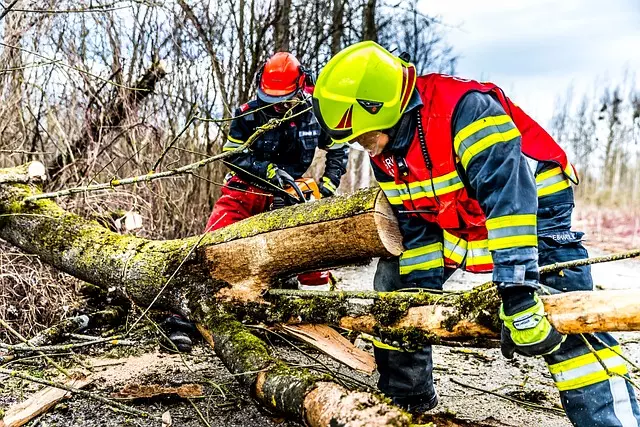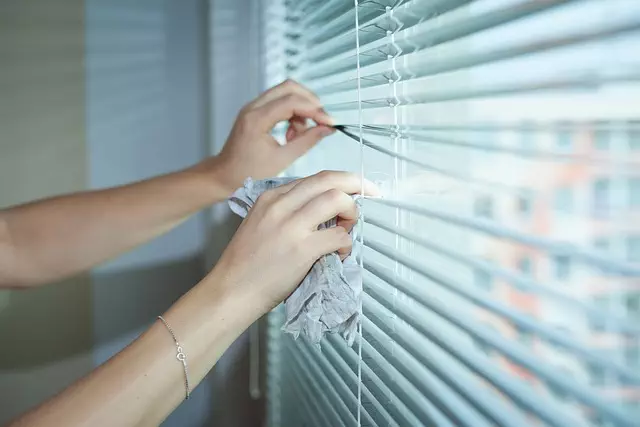The section underscores the necessity of a thorough evaluation for water-damaged insulation by experts from a professional water damage restoration service in Riverside, New Jersey. Factors such as the duration of water exposure and the category of water (1 or 2) alongside the type of insulation material—fiberglass, cellulose, or spray foam—are crucial in determining the necessary course of action, whether it's salvageable through drying and sanitization or requires removal to prevent mold growth, energy efficiency loss, and structural compromise. The specialized service emphasizes the importance of timely intervention to ensure both occupant health and the building's long-term integrity, with a focus on preventing mold contamination and restoring the building's R-value. Post-removal, areas are thoroughly dried and treated with antimicrobial agents to prevent organism growth. Ventilation and continuous monitoring are essential throughout this process for a safe environment. The water damage restoration service in Riverside, New Jersey, is highlighted for its expertise in effectively managing these situations, providing a systematic approach that addresses immediate dangers and protects against future property deterioration linked to water damage. This includes 24/7 availability, professionalism, and comprehensive capabilities from initial water extraction to complete restoration.
When water intrudes on residential or commercial spaces, prompt action is critical to mitigate the impact on building integrity and occupant safety. Central to this response is the assessment and removal of affected insulation, a task that demands specialized knowledge and tools. This article delves into the essentials of evaluating water-damaged insulation severity, detailing the safe extraction methods that follow. It also highlights the range of professional water damage restoration services available in Riverside, New Jersey, ensuring readers understand the importance of engaging with experts in the field, like those offering water damage restoration service Riverside, New Jersey. Understanding the intricacies of this process not only aids in maintaining structure health but also in preserving indoor air quality and preventing long-term property degradation.
- Assessing the Severity of Water-Damaged Insulation
- The Process of Safely Removing Water-Damaged Insulation
- Professional Water Damage Restoration Service Options in Riverside, New Jersey
Assessing the Severity of Water-Damaged Insulation

When addressing water-damaged insulation, it’s imperative to conduct a thorough assessment to determine the severity and necessary course of action. This process involves inspecting the extent of moisture intrusion, the type of insulation affected, and its condition post-water exposure. Professional water damage restoration services, such as those available in Riverside, New Jersey, employ advanced tools and techniques to evaluate the damage. They consider factors like the duration of water contact, the source and type of water (category 1 or 2), and the insulation’s material composition—whether it’s fiberglass, cellulose, or spray foam. These elements play a crucial role in determining whether the insulation can be salvaged through drying and sanitization or must be removed and replaced to prevent long-term issues like mold growth, reduced energy efficiency, and compromised structural integrity. Engaging a reputable water damage restoration service is essential for an accurate assessment and effective remediation, ensuring the safety and comfort of the occupants and the longevity of the building structure.
In cases where the water damage is extensive or has persisted for an extended period, the insulation may have absorbed a significant amount of moisture, rendering it ineffective and potentially hazardous. The restoration service will carefully remove the affected insulation to prevent further contamination and to facilitate proper drying processes. This step is critical to mitigate the risk of mold and to restore the building’s R-value, which measures its thermal resistance. Subsequent to the removal of damaged materials, the area must be thoroughly dried and, if necessary, treated with antimicrobial solutions to inhibit the growth of harmful microorganisms. Adequate ventilation and monitoring are essential throughout this process to ensure that all moisture is eliminated and the environment is safe for re-occupancy.
The Process of Safely Removing Water-Damaged Insulation

When faced with water-damaged insulation due to leaks or flooding, it’s imperative to address the issue promptly to prevent mold growth and further property damage. The process of safely removing affected insulation is a critical step in water damage restoration services, as improper handling can exacerbate the situation. Professionals in Riverside, New Jersey, and across the region specializing in water damage restoration service are equipped with the necessary tools and expertise to handle such situations effectively.
Upon arriving at the affected site, these certified experts first assess the extent of the damage. They determine the type of insulation material, its level of saturation, and the potential for contamination. Depending on the severity, they may opt for wet insulation removal or drying and dehumidification if the material is salvageable. The removal process involves protective gear to avoid health risks from potential mold spores or other contaminants. Using specialized equipment, technicians carefully cut away damaged sections, ensuring minimal disruption to the surrounding area. Once removed, the affected insulation is disposed of according to local regulations, and the space is thoroughly cleaned and sanitized before new insulation is installed, thus completing the water damage restoration service process in Riverside, New Jersey. This meticulous approach not only mitigates immediate risks but also safeguards the property against long-term consequences associated with water damage.
Professional Water Damage Restoration Service Options in Riverside, New Jersey



